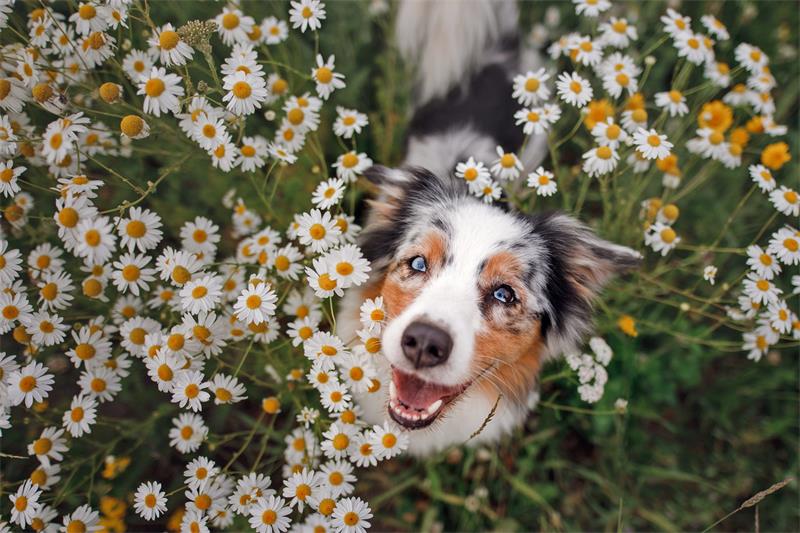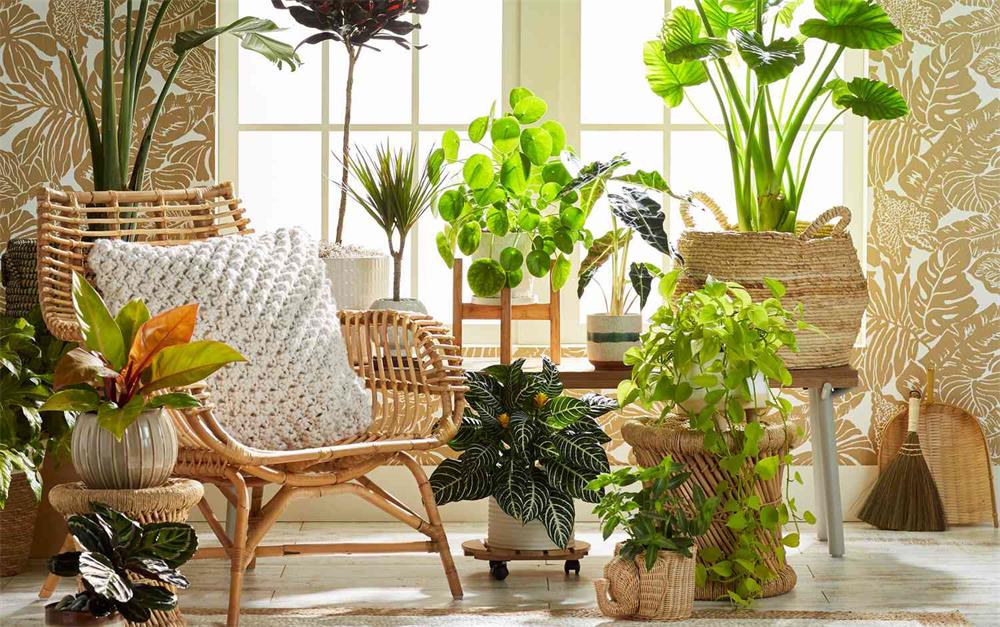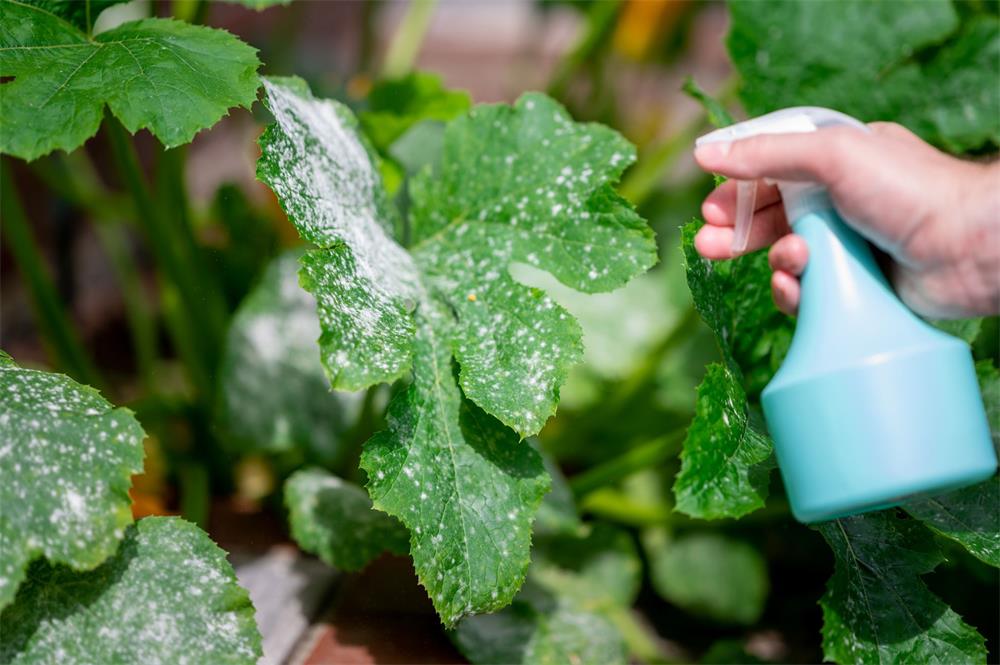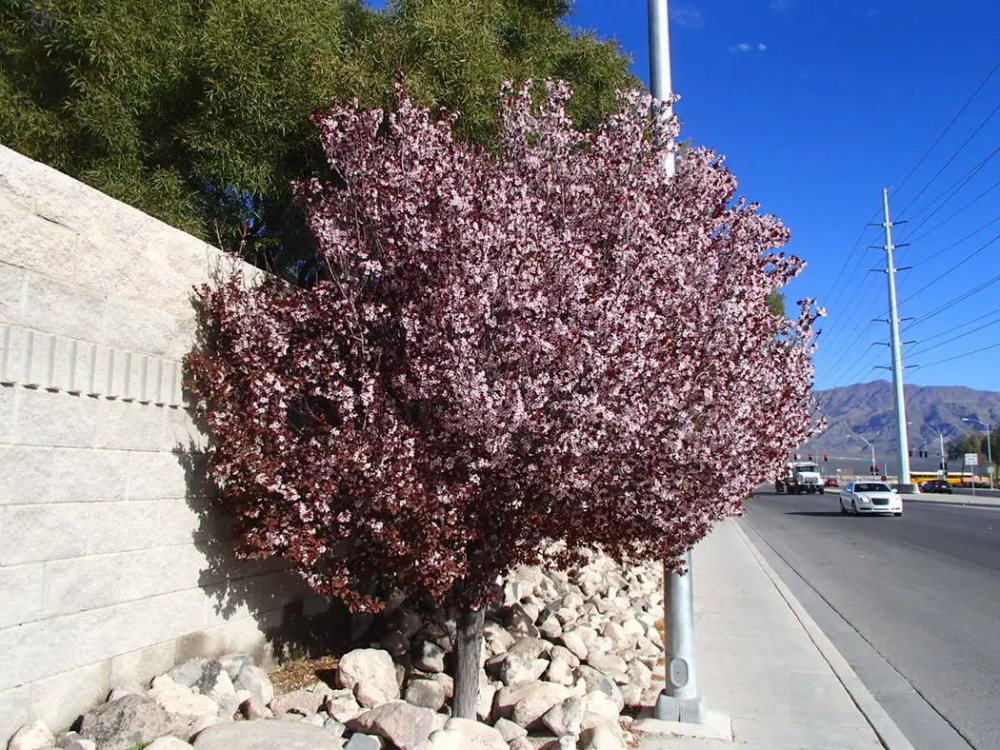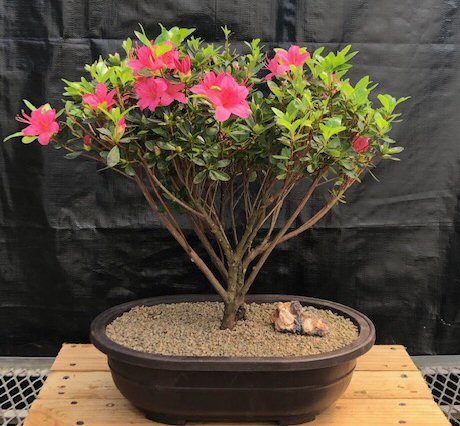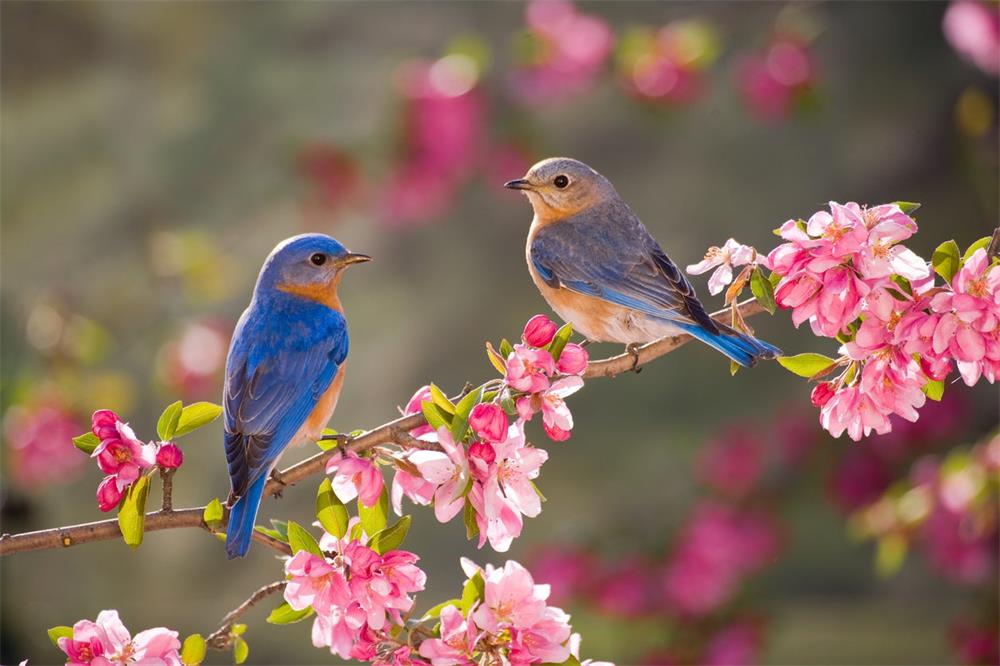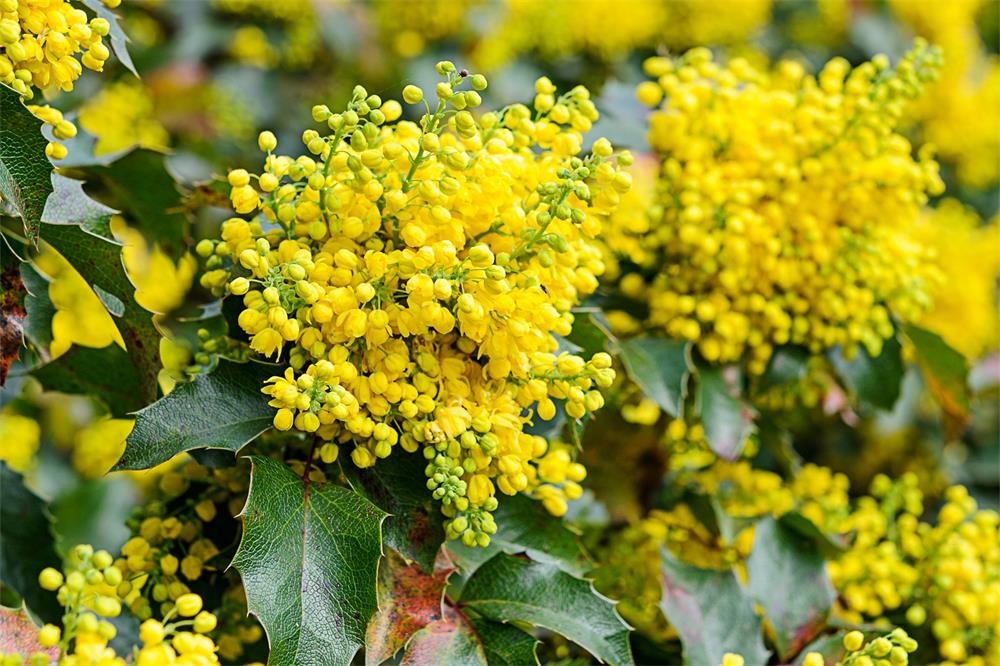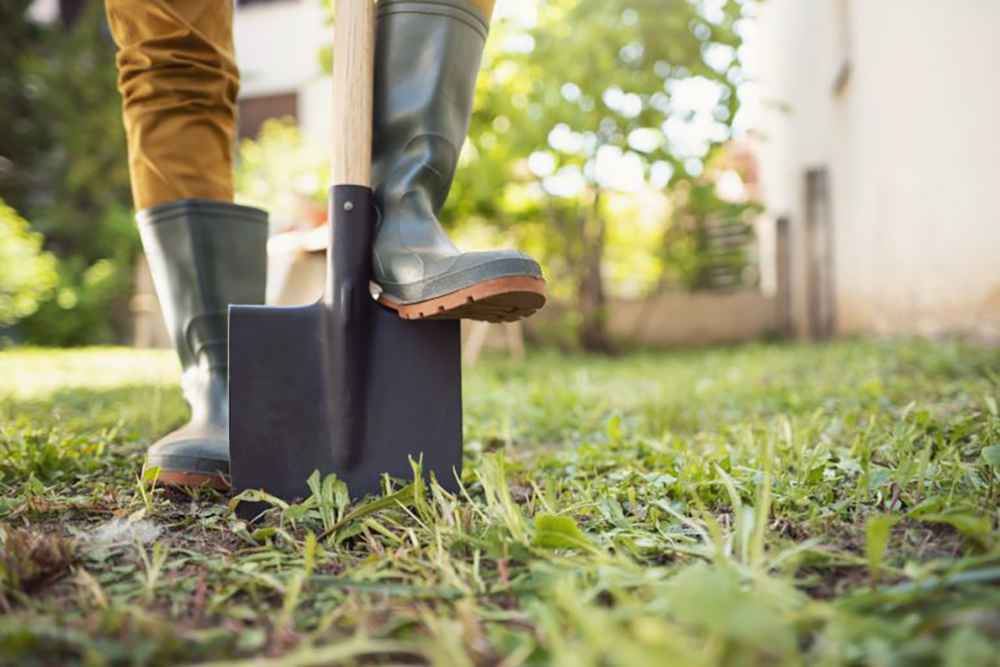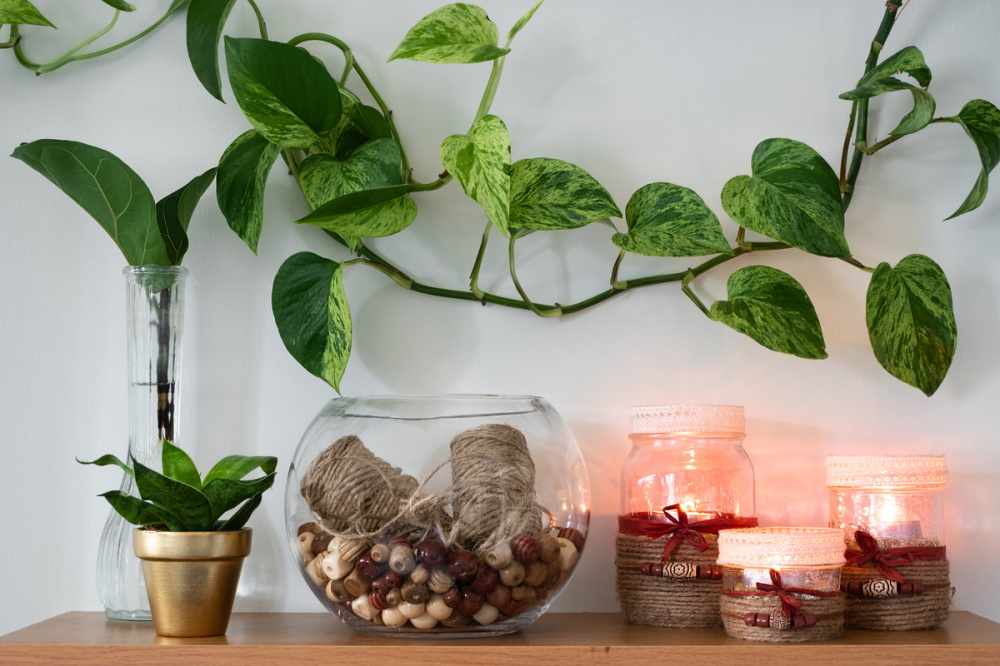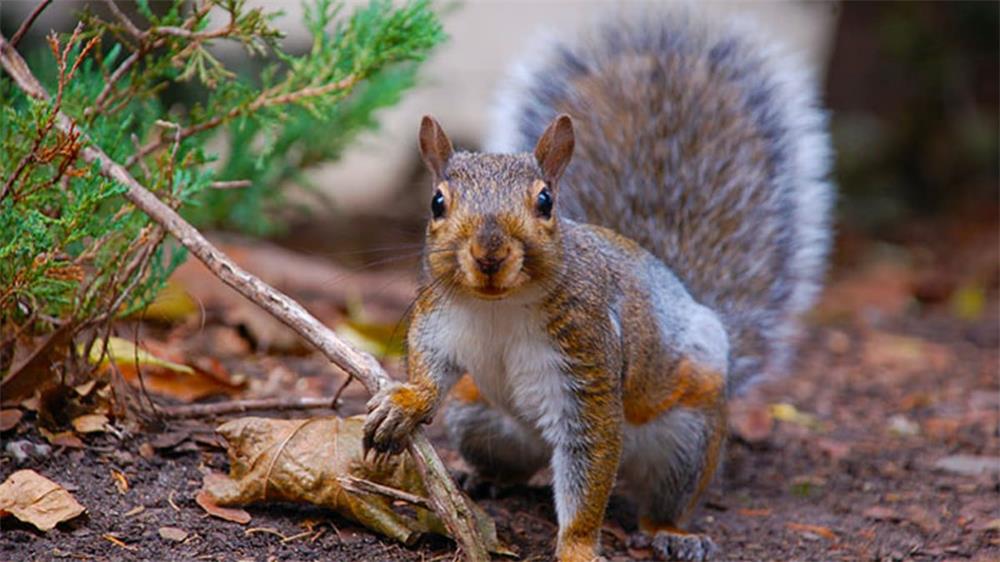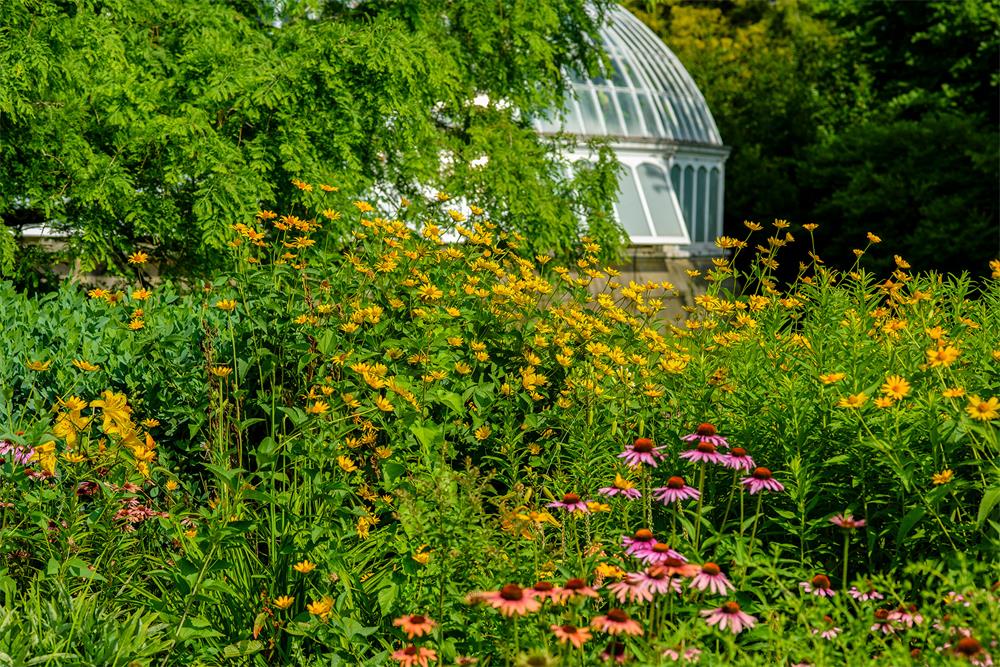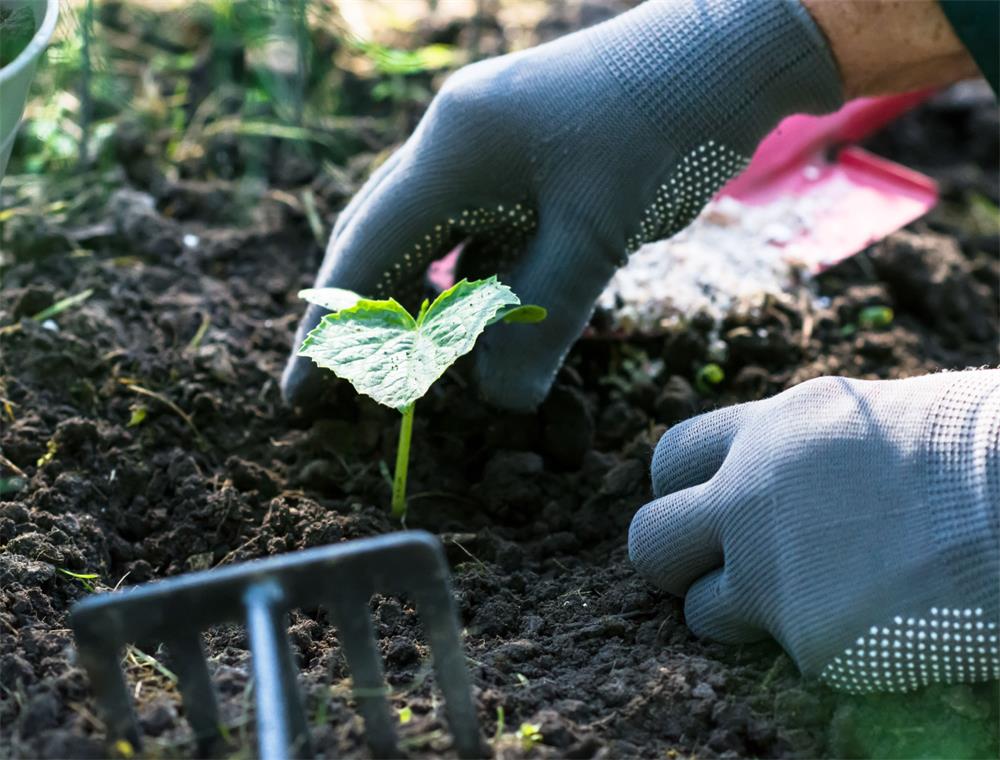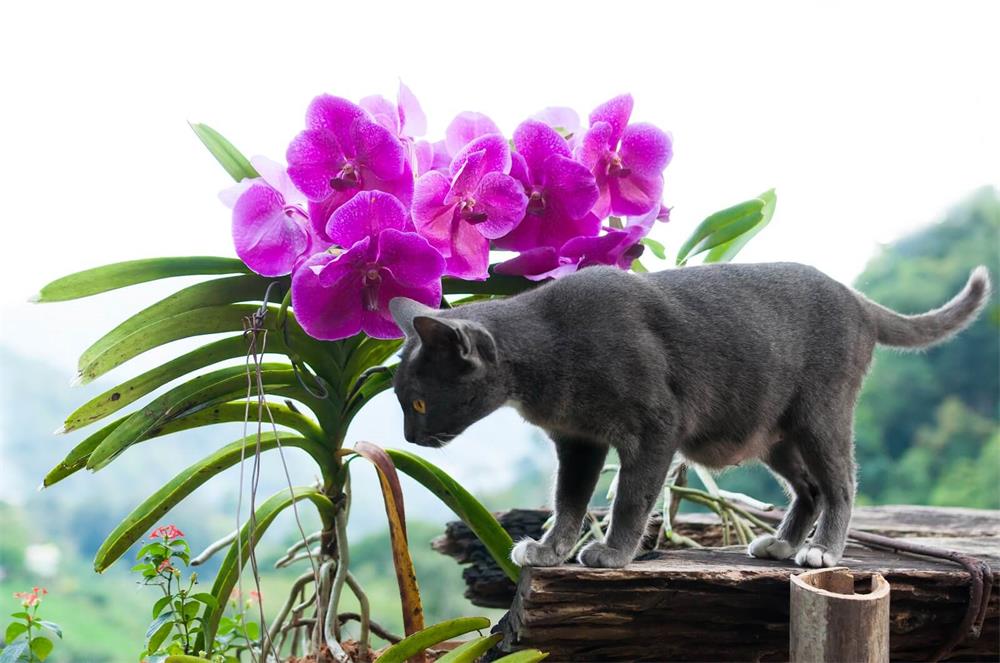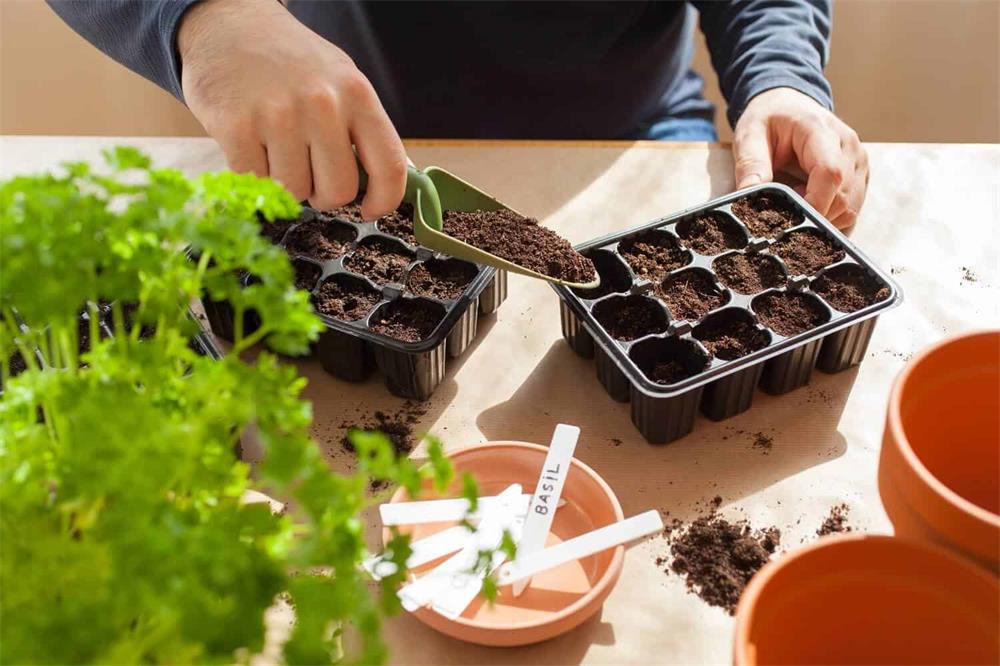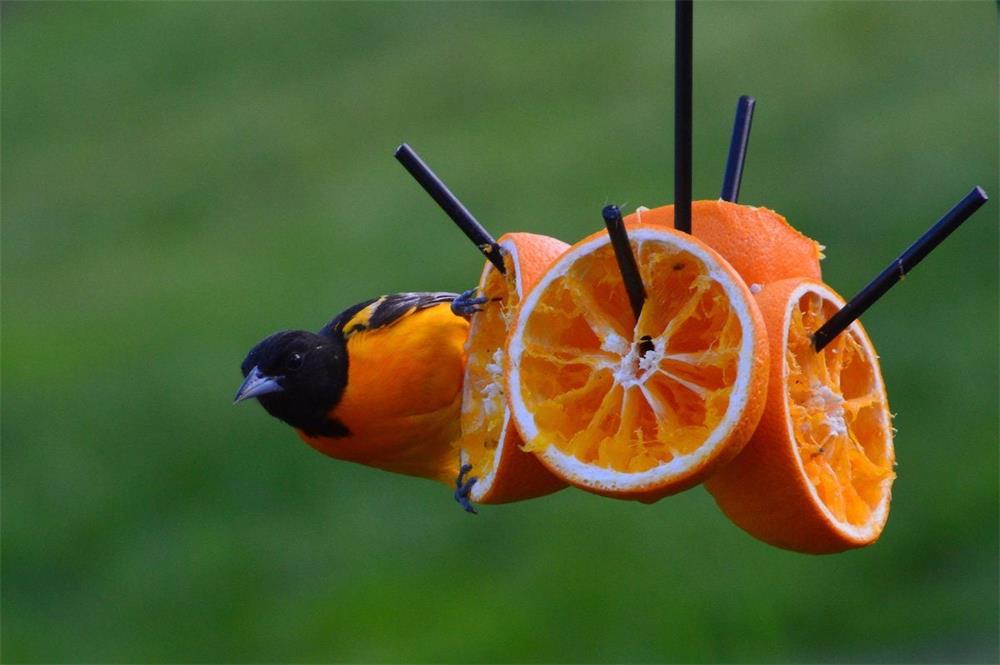
Orioles are colorful and musical birds that can brighten up any backyard. They belong to two different families: the Oriolidae in the Old World and the Icteridae in the New World⁴. The most common species in North America are the Baltimore oriole and the Bullock’s oriole, which have striking black and orange plumage. Orioles are migratory birds that spend the winter in Central and South America, where they feed on nectar from flowering trees⁵. In the spring, they return to North America to breed and raise their young.
If you want to attract orioles to your yard, you need to provide them with food, water, shelter and nesting sites that suit their preferences. Here are some tips on how to make your yard more oriole-friendly:
- Offer juicy fruits: Orioles love fruits that are rich in sugar and water, such as oranges, grapes, cherries, apples and bananas. You can cut them in half and place them on a platform feeder, a fruit feeder or a nail on a tree. You can also offer jelly, preferably grape or orange flavor, in a small dish or a special jelly feeder. Be sure to replace the fruits and jelly every day to prevent spoilage and mold.
- Provide sugar water nectar: Orioles also enjoy drinking sugar water nectar from hummingbird feeders or oriole feeders. You can make your own nectar by mixing one part sugar with four parts water and boiling it for two minutes. Let it cool before filling the feeder. You can also add a few drops of orange food coloring to make it more attractive. Avoid using honey, artificial sweeteners or red dye. Clean the feeder every few days to prevent fermentation and bacteria growth.
- Offer insects and mealworms: Orioles are insectivorous birds that feed on caterpillars, beetles, ants, spiders and other bugs. They also eat mealworms, which are high in protein and fat. You can offer live or dried mealworms in a tray feeder or a mesh feeder. You can also smear Bark Butter® or Bark Butter Bits on tree trunks or branches for them to peck at. These products are made of suet, peanut butter, corn and other ingredients that orioles like.
- Provide water for drinking and bathing: Orioles need fresh water for drinking and bathing, especially during hot weather. You can provide a birdbath, a fountain, a dripper or a mister for them to enjoy. Make sure the water is shallow (no more than two inches deep) and clean. Change the water every day and scrub the birdbath every week to prevent algae and mosquitoes. You can also add some rocks or pebbles to the birdbath to create different water depths and perching spots.
- Plant native trees and shrubs: Orioles prefer to nest and roost in tall trees and shrubs that offer cover and security. They build their nests by weaving plant fibers, grasses, hair and feathers into a pouch-like shape that hangs from a branch. Some of the best trees and shrubs for orioles are cottonwood, willow, elm, maple, birch, sycamore, oak, ash, poplar, mulberry and elderberry². You can also plant flowers that attract insects and produce nectar, such as trumpet vine, honeysuckle, milkweed, bee balm and columbine.
- Avoid using pesticides: Pesticides can harm or kill orioles and their food sources. They can also contaminate the water and soil in your yard. Instead of using pesticides, try using natural methods to control pests, such as introducing beneficial insects, removing diseased plants, mulching and weeding.
By following these tips, you can create a welcoming habitat for orioles in your yard. You will be rewarded with their beautiful songs and colors throughout the spring and summer.



